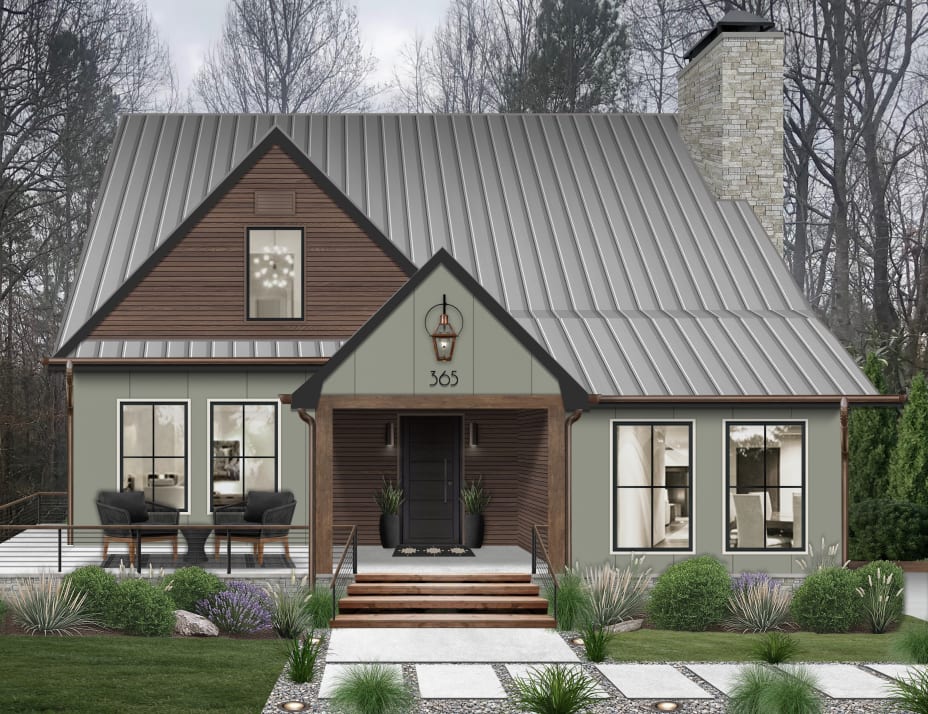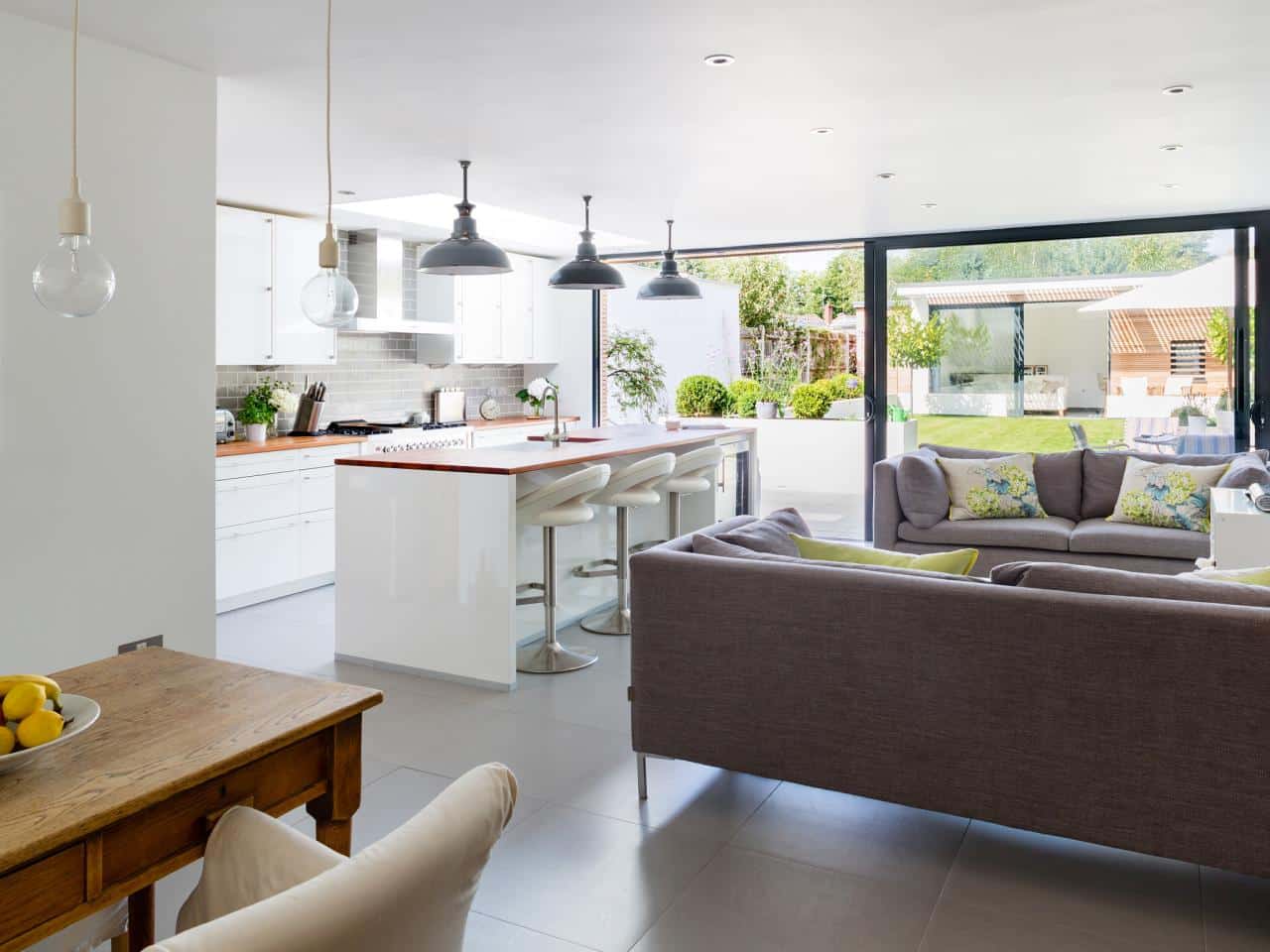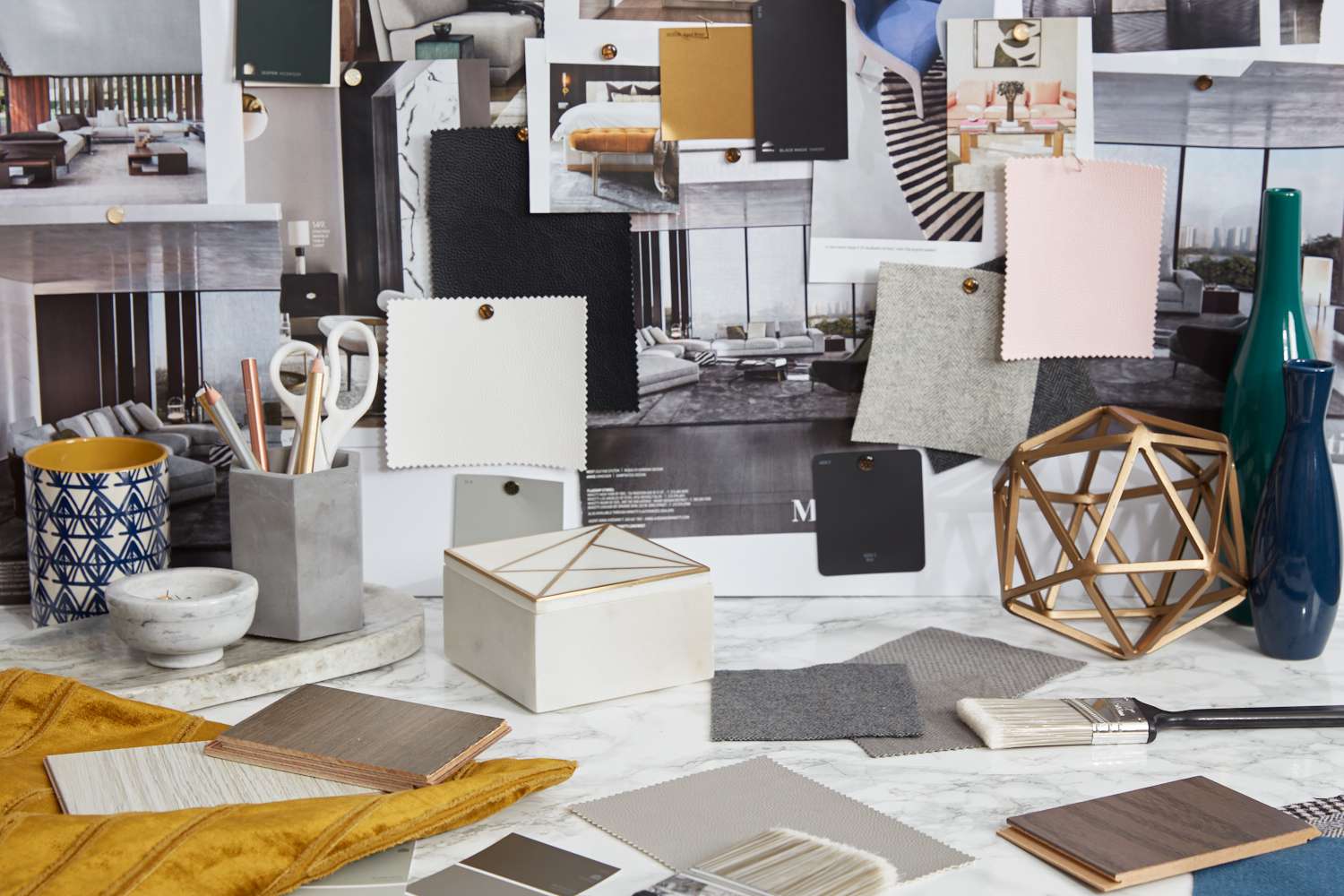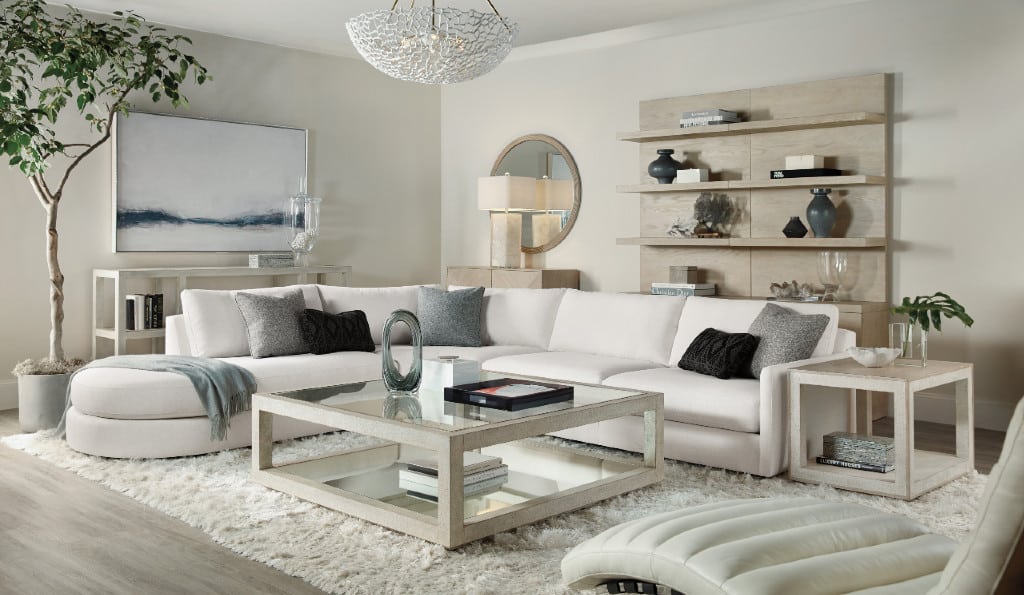How to Choose the Perfect Designer Furniture for Your Home
Welcome to the art of transforming your living spaces with elegance and personality! Your home is like an extension of yourself, and every piece of furniture you pick reflects your unique taste.
Designer furniture gives you a chance to lift your home with timeless pieces full of sophistication and style. But let’s be honest, choosing the right furniture can be a bit overwhelming with so many options out there.
Don’t worry! This guide is here to make the process easier and help you make choices that fit both your style and practical needs. Dive in to see how you can create the perfect living environment and leave a lasting impression on every guest.
Let’s start this exciting journey of discovering your home’s potential. Begin crafting your dream space today by following the steps in this guide and turn your house into a home that truly feels like you!
Understanding Your Space
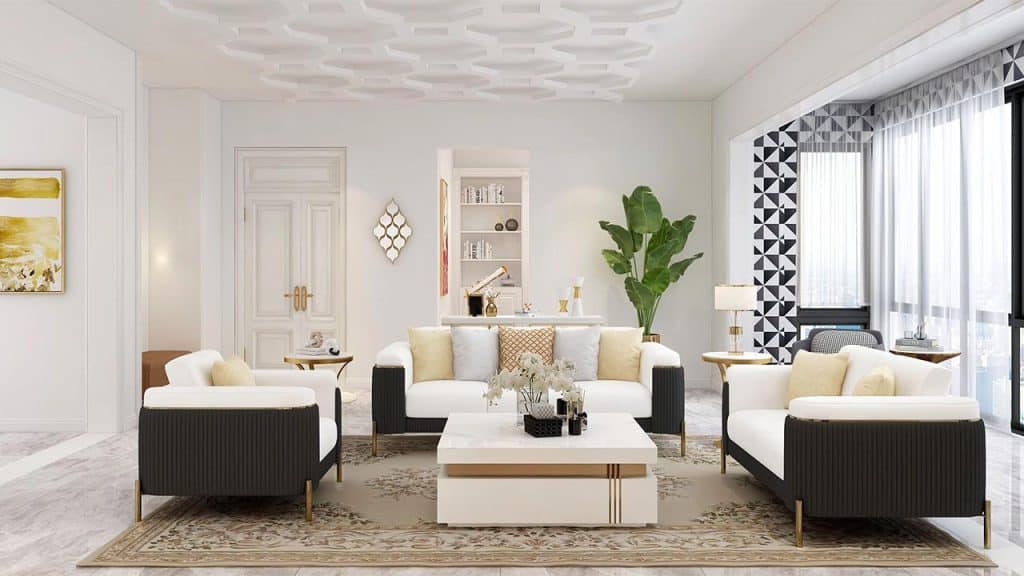
First, take a careful look at your living room. Measure the dimensions, including doorways and other fixtures. This will help you understand what furniture size fits best. Draw a simple floor plan or use an online tool. This makes it easier to visualize the placement of each piece.
Knowing Your Style
Do you prefer modern furniture, vintage, or eclectic designs? Knowing your style helps in narrowing down options. Browse magazines, and websites, or visit showrooms for inspiration. If you are eclectic, mixing styles can work. However, for others, having a consistent theme might be more comfortable.
Setting a Budget
Designer furniture comes with varying price tags. Setting a budget will ensure you don’t overspend. Decide how much you are willing to spend on big items like sofas or beds. Then allocate funds for smaller decor pieces. Always consider future purchases; don’t exhaust all your funding on the first buy.
Investment in Quality
High-quality furniture lasts longer. Look for solid wood frames, durable fabric, and reliable upholstery. While the cost might be higher, the longevity will justify your investment. Remember that maintenance helps in maintaining quality, so consider cleaning and repairs as part of the expense.
Practicality and Usability
Consider how each piece will be used. A beautiful sofa that is uncomfortable defeats its purpose. Similarly, avoid delicate materials in kids’ play areas. Think about who will use the space, their habits, and needs. Furniture should not only be stylish but also functional for everyday life.
Material Matters
The material is both an aesthetic and practical choice. Wood, metal, and upholstery each have their own feel and maintenance requirements. For instance, wooden pieces can provide a warm, traditional vibe but require polishing. Metal may suit an industrial look and often needs less maintenance.
Matching with Existing Decor
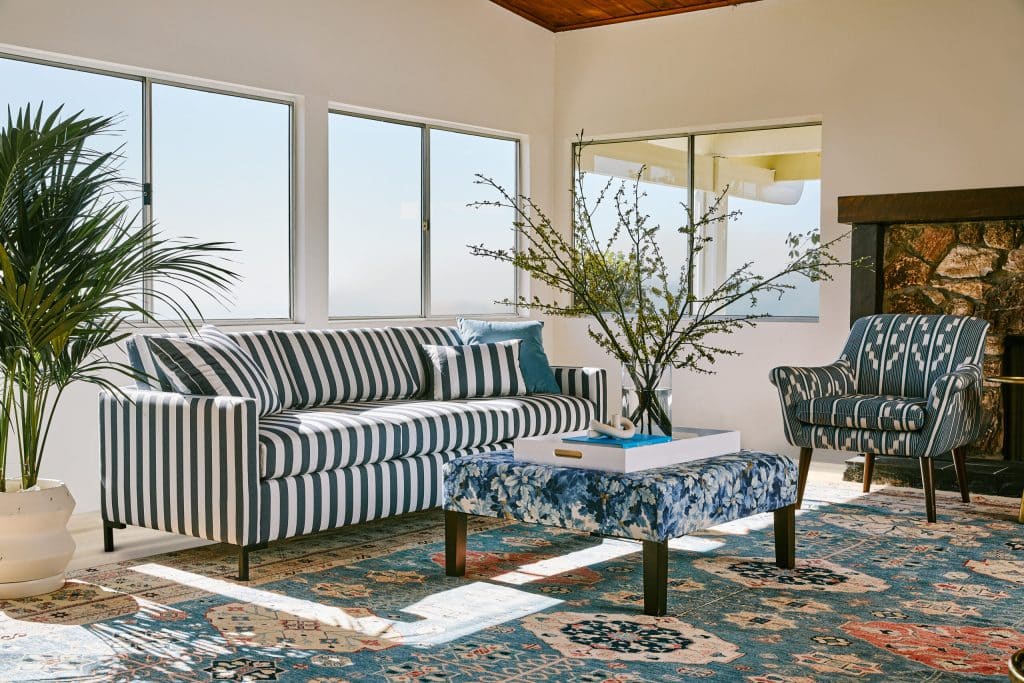
Unless you’re redecorating completely, your new designer furniture should blend with what you already own. Look for complementing colors, textures, and shapes. Contrast can work if done carefully, keeping some common design elements as a bridge.
Color Choices
Color impacts mood and the room’s look. Neutral tones like beige and gray are versatile. Bright colors can make a statement but might become overwhelming. Consider colors that reflect light and make rooms feel bigger and think about those that create warmth and coziness.
Testing Before Buying
Whenever possible, see and feel the furniture in person. Sit on chairs, touch fabrics, and check finishes. Photographs can sometimes be misleading. Some stores offer an option for 3D models or VR placement in your space to help you make a decision before buying online.
Importance of Comfort
Comfort is crucial, especially for seating and bedding. Choose cushions and mattresses that provide the right support. Remember that comfort isn’t just physical; ensure that the furniture invokes happiness whenever you look at it.
Designer Credentials and Reliability
Before making a decision, take some time to thoroughly check out designers and manufacturers. Start by looking at their reputation in the industry because let’s face it, a good rep usually means quality and reliability. Don’t forget to read reviews from past customers to get a feel for their experiences and how happy they were. It’s also a good idea to check out the designers’ and manufacturers’ previous work to see if their style vibes with yours.
Designers who really get durability, aesthetics, and comfort are likely to create pieces that last. Keep an eye out for those who use top-notch materials and craftsmanship that’s what makes a product truly stand out and last over time.
Trustworthy designers often throw in warranties or guarantees to show their confidence in what they make. It’s a nice reassurance, letting you know that the pieces you’re investing in are backed by a promise of quality and customer satisfaction.
Ethical Considerations
With more people becoming aware of sustainability, it’s a good idea to think about choosing eco-friendly or responsibly sourced materials when shopping. Doing this not only helps the environment but also means you’re buying items made ethically. By picking sustainable brands, you’re helping to reduce environmental impact and supporting fair labor practices.
A lot of these brands focus on local craftsmanship, which is great because it supports local economies and cuts down on the carbon footprint of global shipping. When you buy these products, you’re making a positive impact on the planet and local communities, adding another layer of ethical purchasing.
Seeking Alternatives
Designer furniture can be super pricey, but you can get a similar vibe without breaking the bank. If you’re dreaming of a cloud couch but the price makes you cringe, check out some cloud couch dupes. These look just as plush and inviting but are way more budget-friendly.
When you’re hunting for these alternatives, keep an eye on the materials and how they’re made so you still get something durable and comfy. Lots of times, furniture outlets or lesser-known brands have pieces that nail the designer couch look without losing style or quality.
Elevating Your Space with the Right Designer Furniture
Picking designer furniture is all about finding pieces that work for your space, match your style, and meet your needs. Think about quality, practicality, and ethics while making your choice. Quality is key for items that last and look great over time.
Practicality ensures what you choose fits your lifestyle, making daily life easier and more efficient. And ethics? They help you pick options that reflect your values, supporting sustainable and fair practices. With these tips in mind, you’ll be ready to choose furniture that adds beauty, function, and a sense of responsibility to your home for years to come.
For more on this content, visit the rest of our blog!


